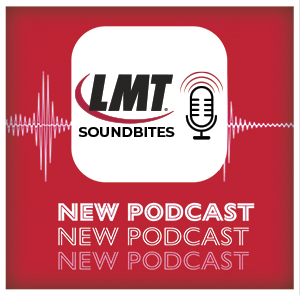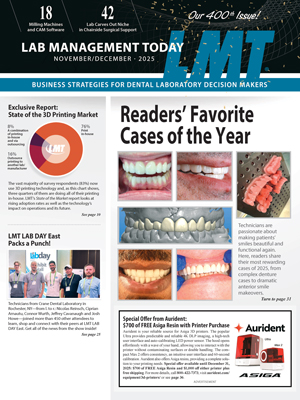Cross Contamination: Risk vs. Reality
Posted Feb 24, 2014 in Industry News
In 1987, an HIV-positive dentist in Florida was found to have transmitted the infection to six of his patients. This first-known case of clinical transmission of HIV and the uncertainty during the late 1980s about the exact models of HIV transmission led the ADA to issue recommended infection control procedures and later work with the Centers for Disease Control to develop infection control recommendations for dentistry.
In 1991, OSHA released its Bloodborne Pathogen standard to limit employees’ exposure to potentially infectious materials that could result in the transmission of diseases such as HIV or hepatitis B.
Despite the fact that all recommendations made clear it’s best to eliminate cross contamination at the source—the dental office—labs are still reporting more than 20 years later that some clients still don’t disinfect their impressions, models or cases sent in for repair.









